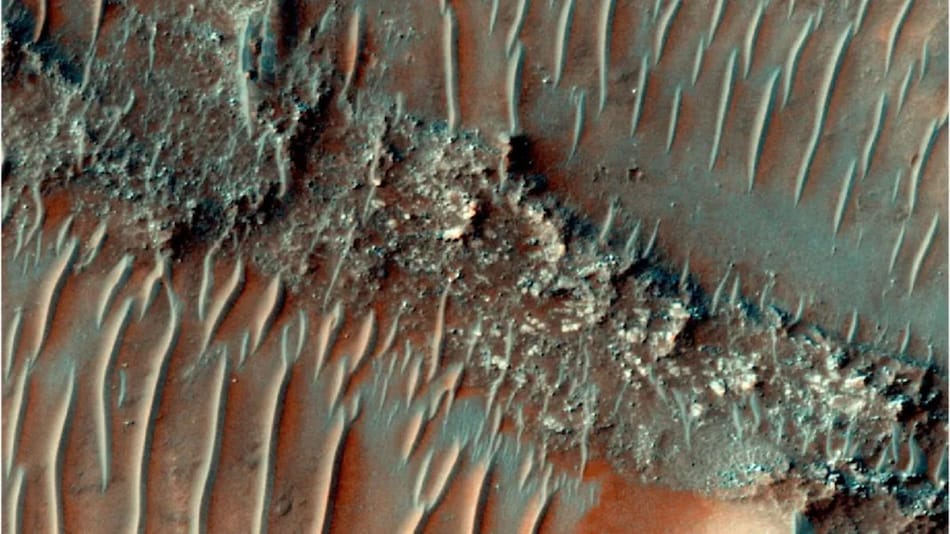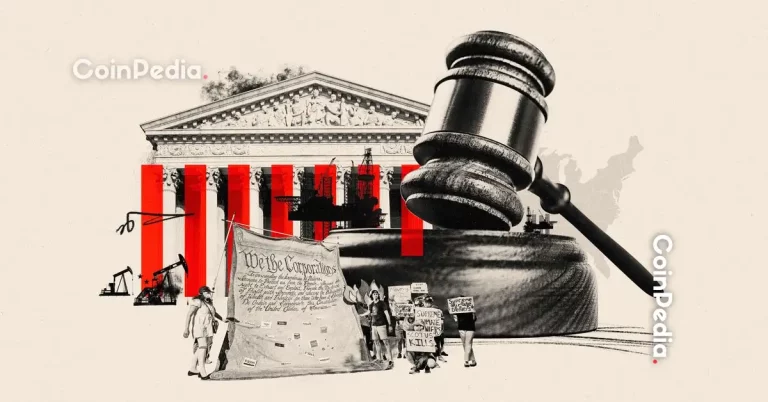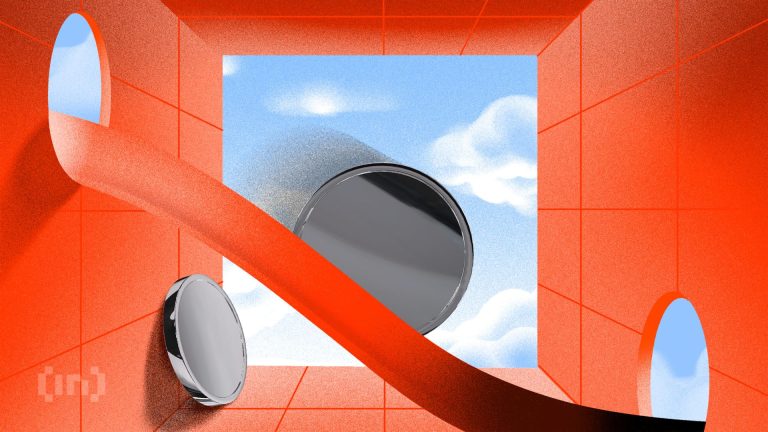
With the rise in global rocket launches, scientists express concerns over the ozone layer, Earth’s shield against harmful UV rays. The team led by Sandro Vattioni highlights the underestimated environmental risks posed by rocket emissions and stresses the need for proactive solutions. The surge in commercial space activity brings opportunities but also environmental threats, especially ozone depletion during spacecraft launch and re-entry.
Rocket Emissions Threaten the Ozone Layer
According to Phys.org, rockets emit pollutants like soot and chlorine into the upper atmosphere, where they linger longer than ground pollutants. These substances trigger chemical reactions that harm the ozone layer. Satellite re-entry adds further damage by releasing metal particles and nitrogen oxides, which exacerbate the situation. Current models often overlook re-entry effects, leading to a higher environmental cost than anticipated.
Research simulations indicate that if annual rocket launches reach 2,040 by the end of 2030, the global ozone layer’s recovery from past CFC-related damage (now banned) would still be incomplete after 40 years. Unchecked emissions could delay the recovery process.
Global Collaboration for Ozone Protection
The choice of rocket fuels is crucial. While most rockets use propellants containing soot and chlorine that deplete the ozone layer, a small percentage opt for cryogenic fuels such as hydrogen and oxygen liquids, believed to pose less risk. However, handling these fuels is challenging.
To safeguard the ozone layer, the space industry should shift to cleaner fuels, monitor emissions, and adhere to strict standards. The Montreal Protocol successfully phased out CFCs, underscoring the need for worldwide cooperation to protect Earth’s atmosphere amid advancing space exploration.






